Revell Spitfire Mk 1a
By Scott Murphy
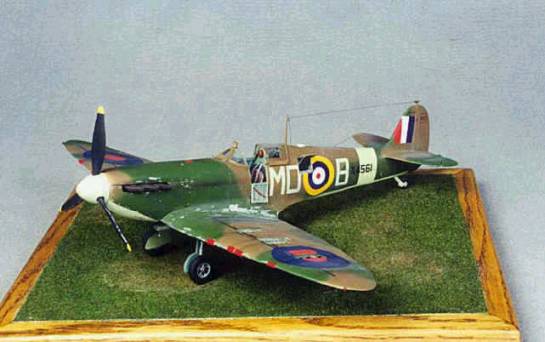
The original release of this kit was 1967. In spite of its age this kit is a very nice kit. The exterior has nicely recessed panel lines and rivets. There are raised rivets as well but only where they existed on the real aircraft. The only thing that bugs me about the finished kit is the dihedral on the wings looks a little flat. With the complex wing fillet seam it would have been a bear to try to fix it.
For its time the cockpit was well done. The panel is accurate and the sidewalls contain most of the details present on the real aircraft. All flight control surfaces are made to move, which saved me A LOT of time not having to cut them out and re-attach them The friese type alierons would have taken quite a bit of time to do correctly not to mention the fabric texture would have had to be fixed. Fit was very good in some places and not so good in others, notably the wing roots.
I did a fairly heavy amount of detailing and scratch building in several areas, the cockpit, engine, wheel wells, radio compartment and port Browning .303 installations.
The Cockpit
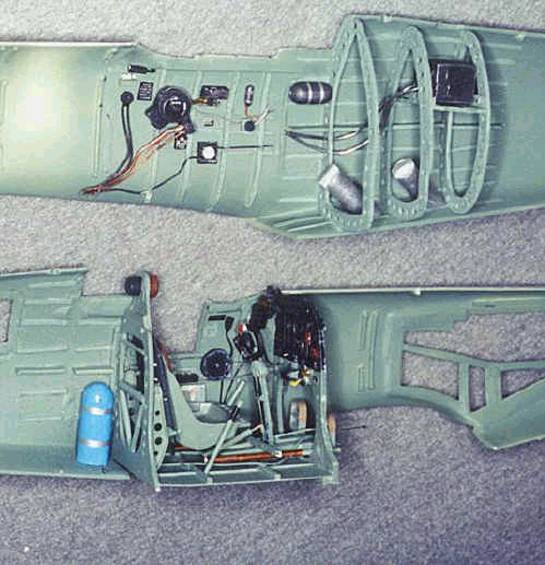
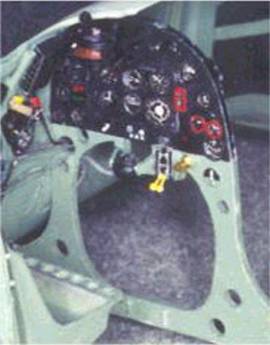
I used the Waldron placard set, instruments and seat belt hardware and a fair amount of scratch building to build up the cockpit.
For all practical purposes the cockpit was scratch built with the exception of the panel and pilot's seat. All console details were either placard, styrene or both. I used the kit's rear bulkhead but had to cut out the solid center center and replace the framing with styrene rod. Waldron instruments and bezels were added to the instrument panel as were some switches made from wire.
The kit rudder pedals were rather crude so they were scratch built from styrene and soda can aluminum. The kit seat was quite good, I only added a seat cushion out of styrene sheet. The armor plate was made from sheet styrene. I did not get my seat belt hardware until the model was complete. Adding it was a bit tricky with everything in place but not a major problem.
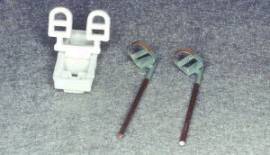
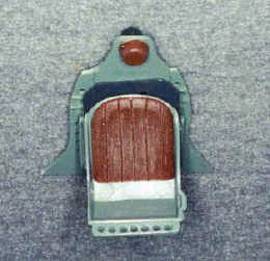
I scratch built the radio compartment behind the pilot. When I did my preliminary planning I thought that a lot of the interior ribs and stringers would be visible so I scratch built them from styrene. Little did I know that once the radio was installed all that work would be pretty much hidden. You win some, you lose some I guess. At least I still have pictures! Besides it took me back to the old balsa and tissue days when I was a kid.
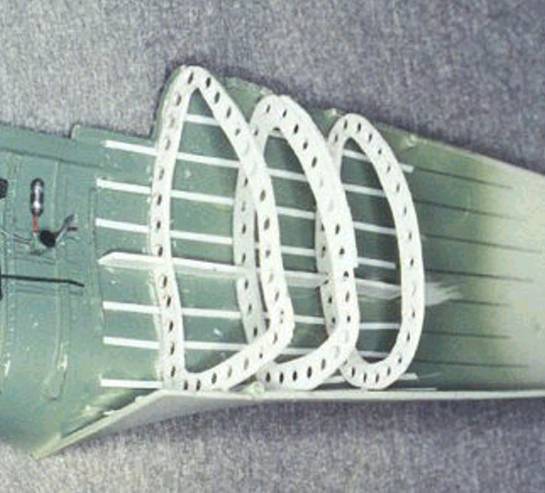
Engine and Firewall
The kit RR Merlin engine was quite good and only required some plumbing and wiring. I ground off the ignition wires and harnesses and replaced them with wire and solder. Dry brushing brought out a lot of the great molded-in detail.
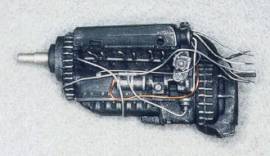
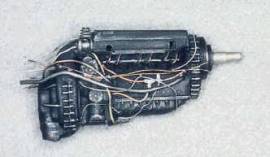
The kit firewall was another matter. Detail was sparse and mostly fictional. I used the kit piece as a template and scratch built an accurate one from styrene, wire, solder, Sculpey and soda can aluminum.
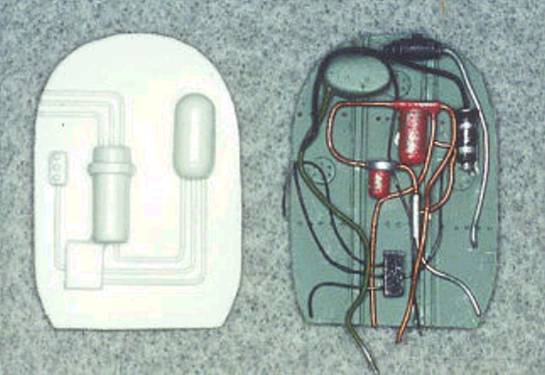
Wing Armament
I opened up the upper panels for the 4 Browning 0.303's on the port wing. Doing so would expose the truss-type wing ribs so they had to be scratch built. I originally thought this would be a rather daunting task but it actually turned out to be easy and a lot of fun! Before I could start I had to thin out the areas around the openings so the thickness was reasonably to scale. This was easily accomplished with the Dremel and appropriate cutting bit but it was rather time consuming. One slip up and the wing would probably be ruined (no use calling Revell for help on this one, it's been discontinued for over 15 years!). I added thin strips of aluminum from underneath to simulate the "lips" around the openings. I saw no need to make the ribs the entire chord of the wing, instead they are just large enough so that they go from the wing spar (also added) to the limit that you can see through the openings in the wing. I enjoyed this but there has to be a limit to the madness!
The trusses were made by first cutting out a piece of 0.025" styrene sheet that matched the contour of the wing. The contour gauge was invaluable here. I placed it on a piece of wide tape and drew a line about 0.020" from the edge all the way around using a divider. Using a fresh #11 blade I cut along the line and removed the center. I used .020" x .040" styrene strip to make the trusses. Pieces were cut one at a time and glued in place with CA and accelerator. When finished, I used an X-Acto chisel blade to scrape the completed truss off the tape. I had no problems with it coming apart and was thoroughly amazed at how strong it was!
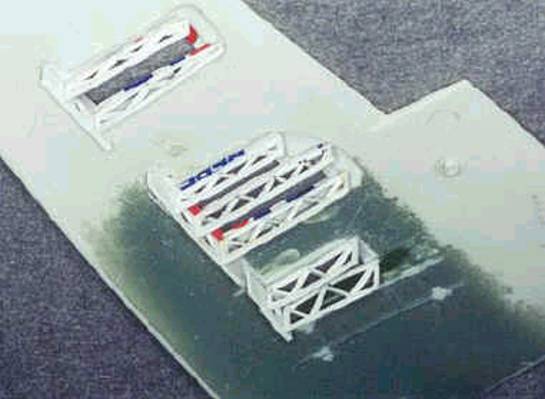
The guns are scratch built from styrene and the ammo and spent casing/link chutes from soda can aluminum. The "ammo" visible through the holes is simply pieces of 0.015" brass rod glued to the back of the aluminum. Access panels were made from soda can aluminum and were made as close to a friction fit as possible as several had to have decals over them (especially the radio compartment door). If they did not fit well it would be a pain to cut the decals out around the edges.
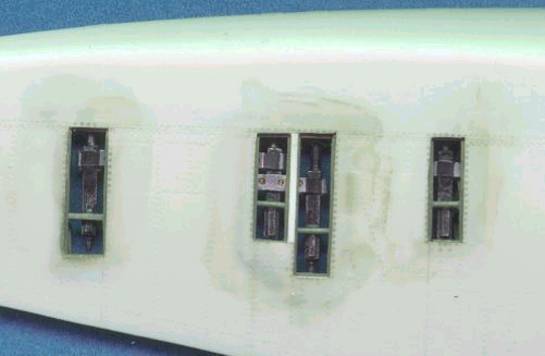
Lastly here is the right side of the fuselage before everything gets closed up...
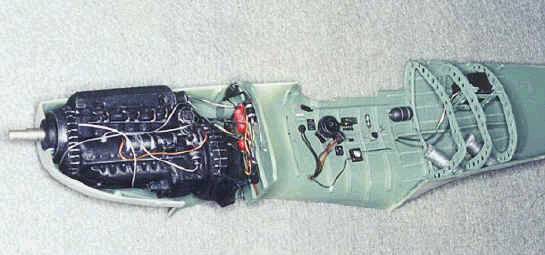
Construction was fairly straightforward. Some filling was needed at the wing roots and around the front and rear bottom wing seams. Scraping was all that was needed on the fuselage. The horizontal stabs fit great. The wheel wells had to be walled in as they were black holes. A fair amount of recessed lines and rivets had to be replaced at the wing roots. Each seam was good for about an hour and a half as I recall.
The kit landing gear was made to retract and extend. I positioned it in the extended position and added linkages and wheel well details. The kit landing gear doors were way too thick; I scratch built them from soda can aluminum and styrene using the kit pieces as templates. The access hatches for the radio compartment and cockpit were likewise scratch built from soda can aluminum and styrene strip.
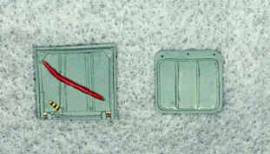
Wingtip navigation lights and the belly ID light were made from shaped and polished clear sprue. Hypodermic syringe tubing was used to replace the pitot tube. The kit wheels were awful. The wheels themselves were scratch built and the tires widened with a 0.040" shim. The kit landing gear was good and all that was added were brake lines and some wheel well linkages.
I also cut out the kit flaps, added stringer detail top and bottom and re-attached them.
The finished model was painted with Model Master II enamels. For some odd reason the spinner looks white in the photos but is actually RAF "sky" like the undersides and fuselage band. The underside of the port wing was painted black. Decals were a combination of home made and Eagle Strike. Weathering was pretty severe in the reference photos so a good amount of paint was "chipped" using tape from the wing roots, engine panels and leading edges of the wings. Exhaust stains and soot from the muzzles were added with pastels, as was some fading. Scotch tape was painted red and placed over the muzzle ports to simulate the doped canvas that normally protected the guns from dirt and freezing air.
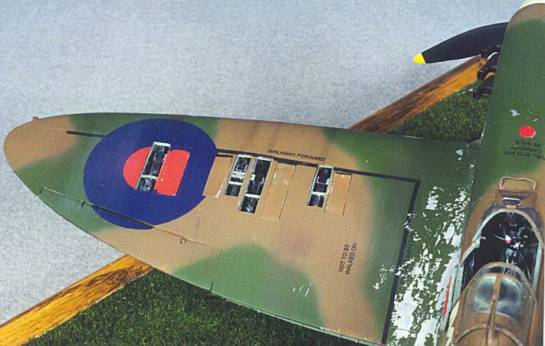
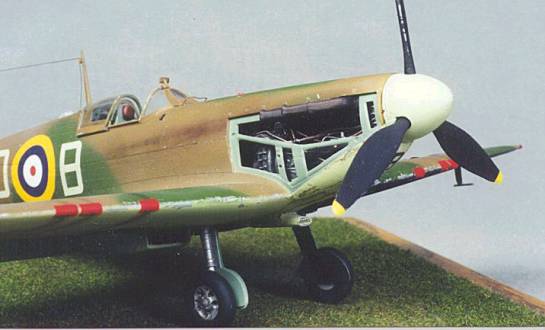

This article was published on Wednesday, July 20 2011; Last modified on Thursday, January 04 2018
